plaintastic
TPF Noob!
Hi,
So for my next photography assignment for my college film photography class, we have to shoot in 3200 film. I have Ilford 3200 Delta.
I've been googling and reading on forums, but I'm still really confused about this film in terms of how I should use the light meter. My little Vivitar V3800N has a built in meter, but even when I set my ISO to 3200, it still reads most of everything under indoor light as relatively dark. I thought this was meant to be shot in low light? I don't want to decrease my shutter speed below 125, i.e. longer exposure because my photos will be blurry won't it?
I'm confused as to what I should point at when I evaluate the meter. For example, if I were to take pictures of street lamps in the dark, do I point at the lamps? how do i know that it's too bright or to dark?
I'm planning to take this camera into a Halloween party indoors at night. I'm just worried there isn't enough light.
Example photos would be useful if possible. I just want to make sure that i'm not underexposing/overexposing these shots.
So for my next photography assignment for my college film photography class, we have to shoot in 3200 film. I have Ilford 3200 Delta.
I've been googling and reading on forums, but I'm still really confused about this film in terms of how I should use the light meter. My little Vivitar V3800N has a built in meter, but even when I set my ISO to 3200, it still reads most of everything under indoor light as relatively dark. I thought this was meant to be shot in low light? I don't want to decrease my shutter speed below 125, i.e. longer exposure because my photos will be blurry won't it?
I'm confused as to what I should point at when I evaluate the meter. For example, if I were to take pictures of street lamps in the dark, do I point at the lamps? how do i know that it's too bright or to dark?
I'm planning to take this camera into a Halloween party indoors at night. I'm just worried there isn't enough light.
Example photos would be useful if possible. I just want to make sure that i'm not underexposing/overexposing these shots.



![[No title]](/data/xfmg/thumbnail/30/30871-c87f97bf2d9d493b4c08ba6482680038.jpg?1619734488)
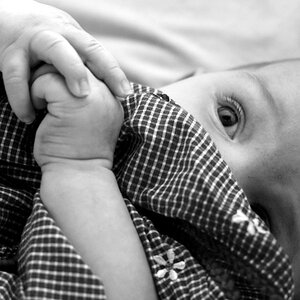
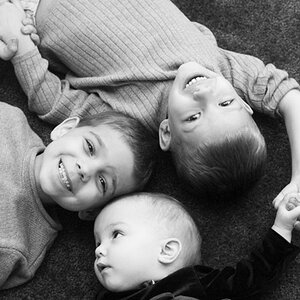
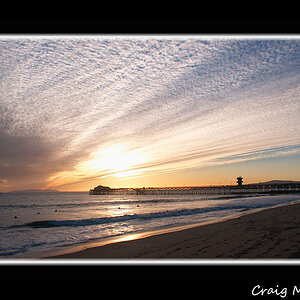
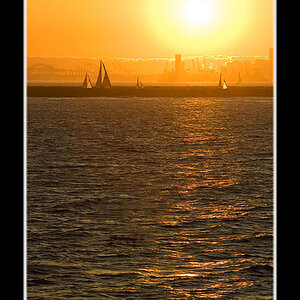
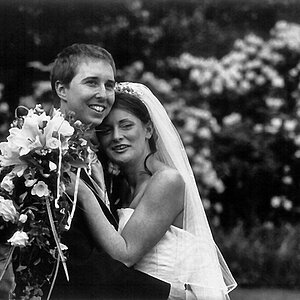
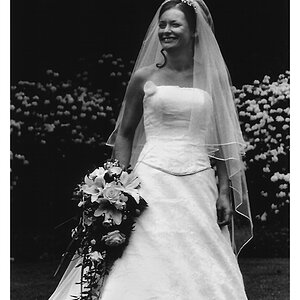
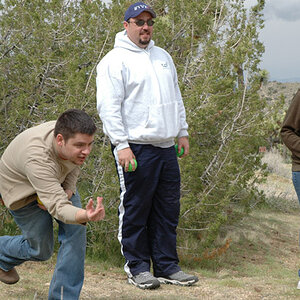
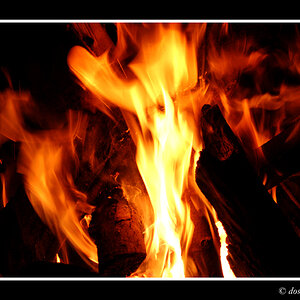
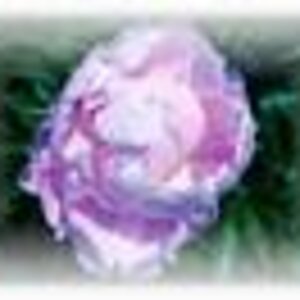
![[No title]](/data/xfmg/thumbnail/37/37099-7f42b61932abea7ffe1be7746e7bd261.jpg?1619737881)